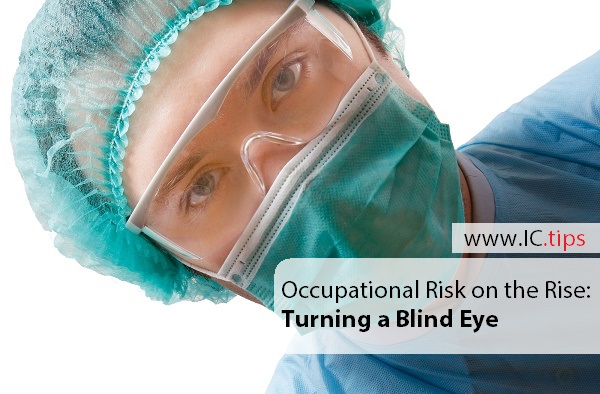Abstract:
In hospitals and health clinics, the goal is to always treat the patients. An emerging concern is the welfare of the health care workers that are involved in the treatment, and their regular exposure to potentially deadly microorganisms. Although there are measures in place to protect employees, there is no universal consensus on how to protect everyone.
Main Article:
Medical professionals are regularly exposed to hazards that may result in them acquiring an infectious disease. We need to track these events so that we can prevent them using proper training. Each year the International Safety Center collects aggregate safety and health incident data from its Exposure Prevention Information Network (EPINet®) network of U.S. hospitals. This data is specific to occupational exposures to blood and body fluids including needlesticks, contaminated sharps injuries, and mucocutaneous incidents (splashes and splatters). Given the global focus on infectious disease in healthcare facilities, we performed a year-to-year comparison to identify if healthcare workers, specifically nurses, were well equipped to protect themselves from potentially infectious hazards.
In the last three years the percentage of blood and body fluid (BBF) splashes and splatters – mucocutaneous – exposures incidents among nurses compared to all other healthcare workers has increased from 47.7% in 2012, 49.6% in 2013, and 54% in 2014. Not only are percentages of exposures increasing, but also are the highest risk exposures – those to the eyes and conjunctiva. These are higher risk exposures than other mucus membranes because the conjunctiva is extremely vascular (blood vessel rich) and often irritated, sensitive, or swollen due to contact use, seasonal allergies, fatigue, and frequent exposure to dusts, environmental toxins, and make-up.
Eye exposures (compared to all other BBF exposures) have increased from 60.0% in 2012, to 64.7% in 2013, to 65.7% in 2014. We know that wearing personal protective equipment (PPE) including goggles and faceshields can decrease exposures, however PPE use as a function of exposure is actually decreasing. Employees indicated that when they had a BBF incident to the eye that they were wearing either goggles or faceshields only 7.4% of the time in 2012, slightly up to 8.5% in 2013, but only 2.8% of the time in 2015!
Eye exposures are high and PPE use to protect the eyes is low.
This means that with pressures to see more patients, limited space, and long shifts, risks associated with occupational exposure to bloodborne and infectious disease are increasing – rapidly – especially in the nursing population. Eye exposures are high and PPE use to protect the eyes is low.
As bloodborne diseases like HIV/AIDS and hepatitis C virus are now chronic, people living with them are likely to enter and re-enter healthcare facilities including hospitals and outpatient clinics more frequently during their lifetime. This means that co-morbidities are also on the rise. People are co-infected with not just bloodborne diseases, but also with multi-drug resistant organisms like MRSA and C. difficile.
While patient safety is paramount to the health and wellness of our population and the healthcare facilities that serve them – we need to remember that there is no healthcare without healthcare workers. More needs to be done to protect them. Healthcare facilities need to identify where eye exposures are occurring in their facilities and stock areas with eye protection. They may need to assess what procedures are being performed in patient rooms that could be moved to procedure rooms where engineering controls can be put into place to eliminate or minimize mucocutaneous exposures.
Unfortunately, an upward trend like this one means that not only are we not prepared for globally emerging infectious disease, but we are also not prepared for domestic, everyday bloodborne and infectious disease.
(Note: EPINet Data Reports are available online at www.internationalsafetycenter.org/epinet. 2014 data has not been released to the public yet, but may be made available upon request to the author.)












